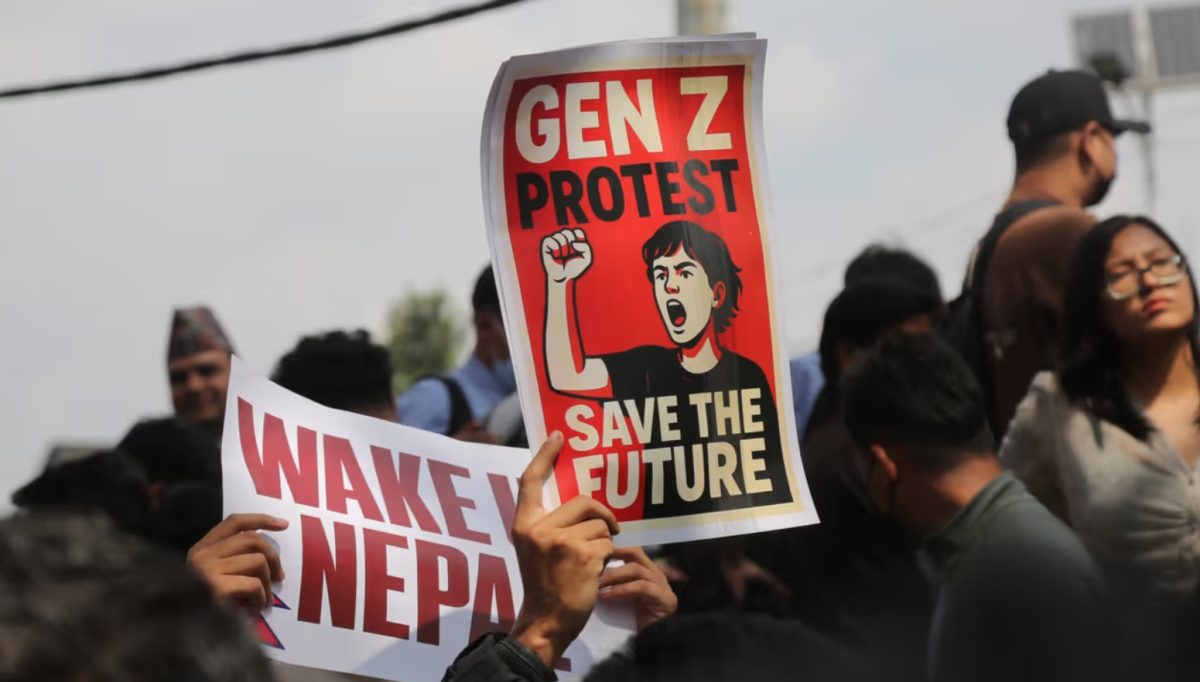Gannon University has a long history of trying to reduce the carbon footprint. Recently, students in two classes, Environmental Engineering and Business Policy, have been trying to do their own part.
The Environmental Engineering class has been determining the size of the footprint of students and faculty traveling to campus every day. Business Policy is benchmarking other universities’ efforts to reduce their own carbon footprints. This will then be translated into an economically feasible project for Gannon to implement.
One of the much larger changes that Gannon has made in the past is new heating boilers that were installed in 1989. These boilers are about 96 percent more efficient and save around $77,000 per year, according to Gary Garnic, associate vice president of Campus Services.
More recently in 2001 and 2004 all of the light bulbs on campus were changed to energy efficient bulbs. This saves about $199,935 annually, Garnic said.
Bike racks have also been installed around campus in efforts to reduce the use of automobiles.
Recycling has become a way of life on campus. In addition to reducing landfill trash, it saves the university money as well as becoming a source of income from the salvaged metal. In addition to trash, ink jet and toner cartridges are being recycled.
White and green roofs have been installed on many buildings. Green roofs have plants on them that work to reduce the “heat island” effect. This helps improve the atmosphere. The white roofs are used to reflect the sun rays. This reduces the need for air conditioning in many buildings.
In the new Recreation and Wellness Center, water bottle fillers have been installed in an effort to reduce the need for plastic bottles.
Garnic explained that the university has made lots of major steps but is still always looking for new plans to continue going green.
“I believe Gannon has made good progress at carbon footprint reduction,” Garnic said. “Naturally, there are a great many more initiatives we would like to undertake, and will, when the time is right.”
He also explained how many projects do not cost much to implement and the real problem is personal comfort. “Many of these changes can be done with minimal dollar cost…and those that can be done typically are done,” Garnic said. “Many get into issues of personal comfort not dollar cost, such as room temperature standards. Simple changes such as this could take years to implement because if you don’t get ‘buy in’ you’ll get space heaters and wind up wasting more energy than you originally were using.”
Anna Barr, a freshman environmental enginering major and project leader for the Environmental Engineering class, explained what her class has been doing for the project.
“My class’s objective for this project was to gather data based on six different topics for the past three fiscal years: institutional & budget data, commuting information, energy usage, travel, waste and carbon offsets,” Barr said. “We were divided into seven different groups and assigned data points.”
The final presentation of this project will take place at 10 a.m. Friday in Room 219 of the Waldron Campus Center.
KAT SHINDLEDECKER
[email protected]







